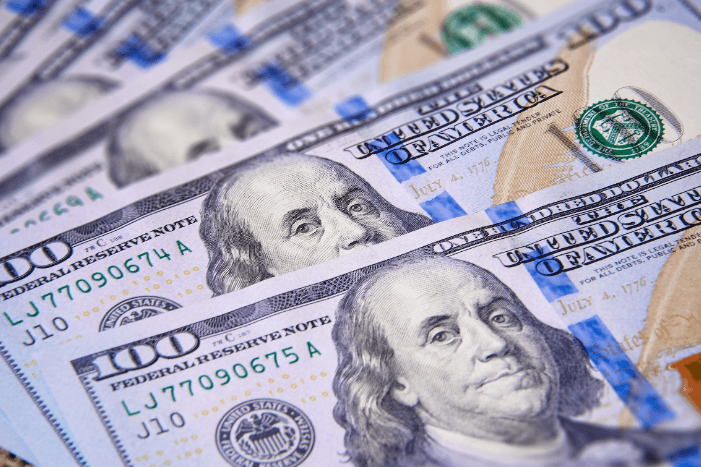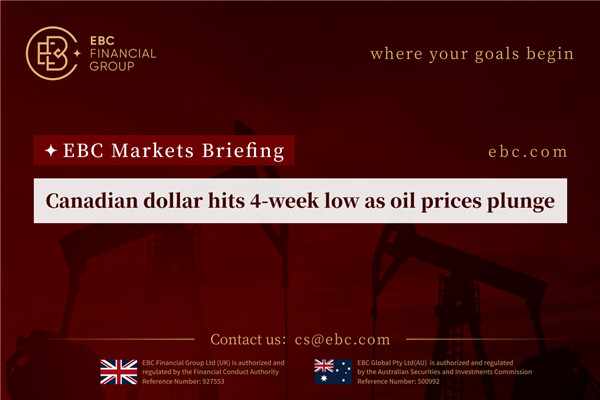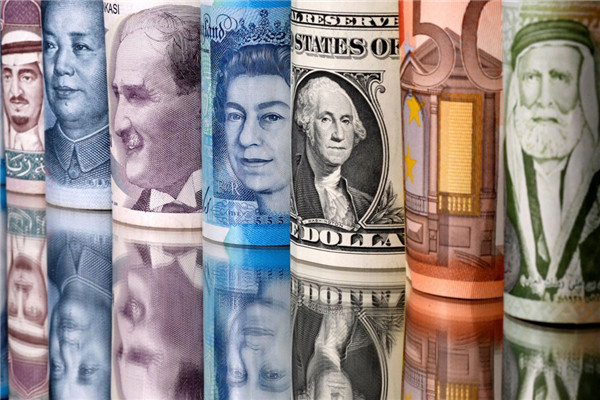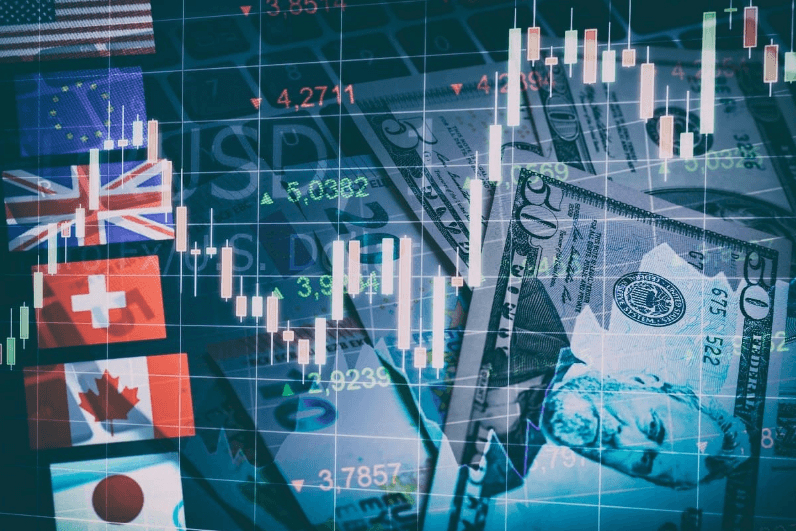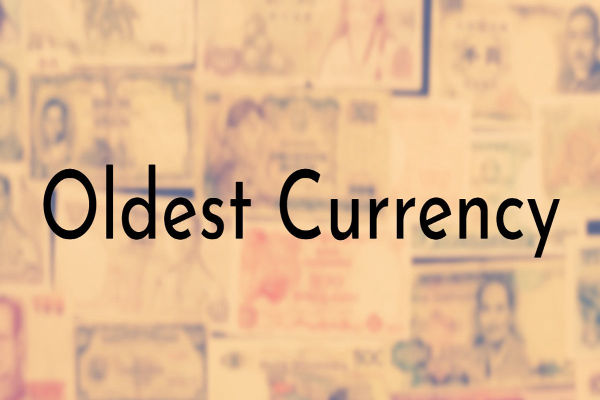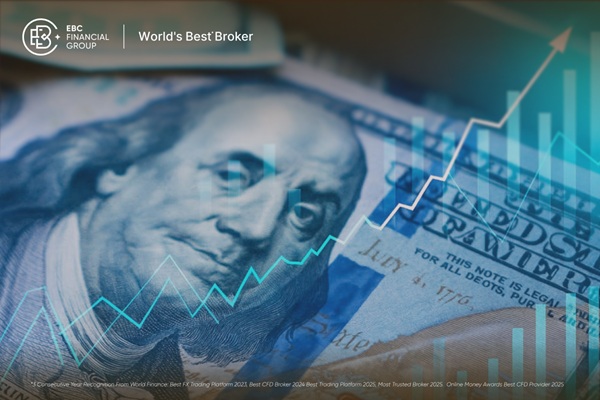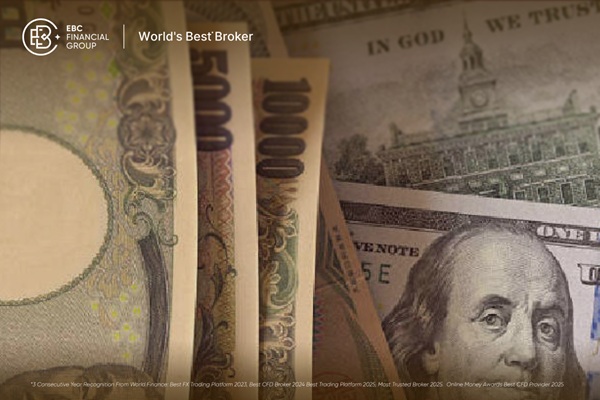The Canadian dollar (CAD) is one of the world's most traded currencies, commonly used in both local and international financial transactions. But what does it actually mean when people ask what the Canadian dollar is "worth"? The answer goes far beyond the simple number you'll see on a currency converter. From interest rates and commodity prices to geopolitical events and inflation data, the value of the CAD is constantly shifting in response to a wide range of economic influences.
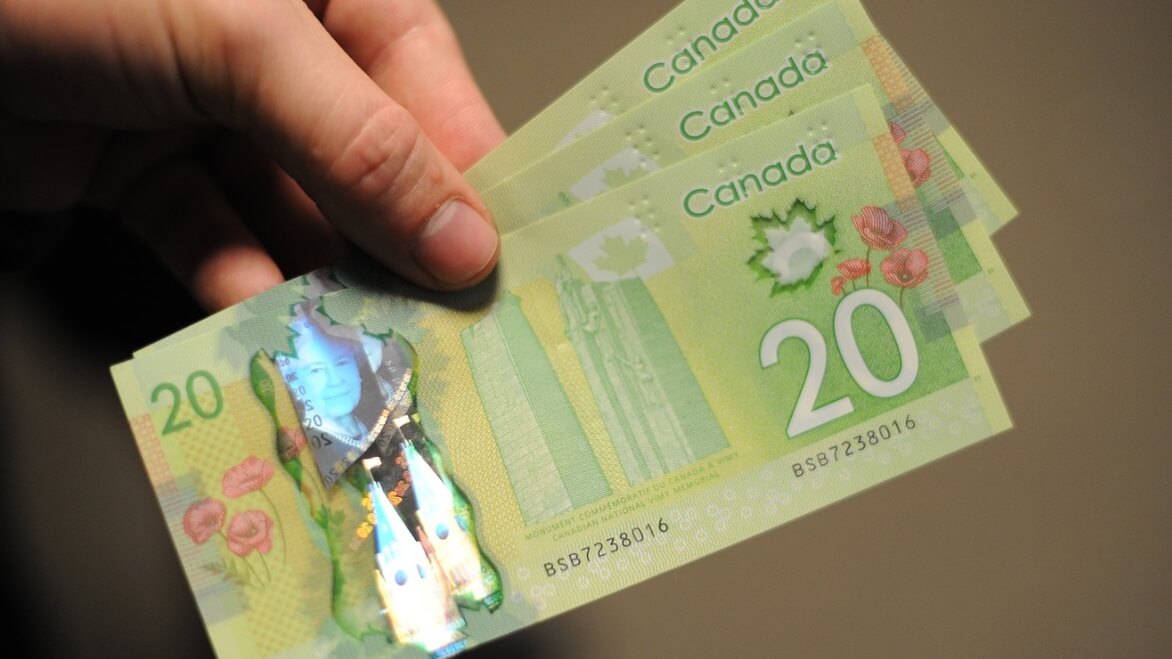
Current Exchange Rate Overview
The exchange rate of the Canadian dollar is typically quoted against major currencies like the US dollar (USD), the euro (EUR), and the British pound (GBP). As of May 2025. the CAD/USD rate hovers around 0.72. meaning one Canadian dollar equals roughly 72 US cents.
This rate isn't fixed. The Canadian dollar operates under a floating exchange rate system, which means its value is determined by the market—based on supply and demand in the foreign exchange (forex) markets. Even small fluctuations can impact consumer prices, import/export costs, and investment returns.
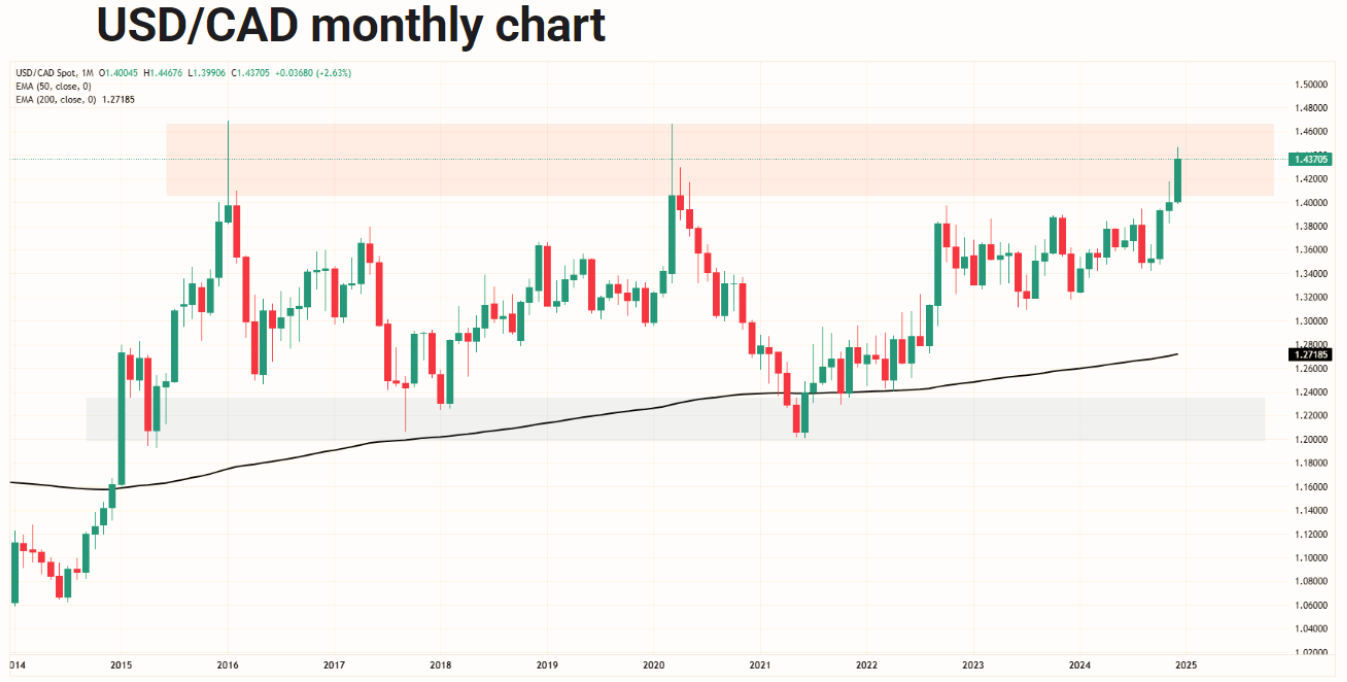
If you're travelling or shopping online, a weaker CAD means you'll pay more for foreign goods and services. On the flip side, if you're an exporter in Canada, a weaker dollar could make your products more competitive overseas.
Factors Influencing CAD Value
The Canadian dollar's value is shaped by both domestic economic indicators and global market forces. Some of the most influential factors include:
Interest Rates: When the Bank of Canada (BoC) raises interest rates, Canadian investments tend to offer better returns. This attracts foreign capital, increasing demand for the CAD and typically boosting its value. Conversely, lower interest rates may reduce the dollar's appeal.
Commodity Prices: Canada is a major exporter of oil, timber, and minerals. In particular, the CAD is often referred to as a commodity-linked currency because it moves in tandem with oil prices. When oil prices rise, Canada earns more from exports, boosting the dollar. When oil falls, the CAD often weakens.
Inflation and Employment Data: Strong jobs reports and stable inflation can increase investor confidence in the Canadian economy. If inflation gets too high, the BoC may hike interest rates to cool things down—another potential support for the dollar.
Trade Balances: A healthy trade surplus (when exports exceed imports) can lift the CAD, as it shows global demand for Canadian goods and services. A deficit, on the other hand, may drag it down.
All these factors are interlinked, and market sentiment often reacts in real time to economic news, BoC policy statements, and geopolitical developments.
Recent Trends in the CAD/USD Exchange Rate
Over the past year, the Canadian dollar has traded within a fairly narrow range against the US dollar, largely between 0.71 and 0.75 USD. This relative stability masks some notable short-term movements triggered by:
Shifts in monetary policy: In early 2025. the Bank of Canada signalled a pause in rate hikes, even as the US Federal Reserve continued tightening. This divergence led to a modest drop in the CAD as investors flocked to USD-denominated assets offering higher yields.
Oil price volatility: Fluctuations in Brent crude and West Texas Intermediate (WTI) prices, driven by OPEC+ decisions and Middle East tensions, directly impacted the CAD. A rise in oil usually provides support, while sudden drops can lead to swift depreciation.
Global economic uncertainty: Concerns over slowing growth in China, one of Canada's biggest trading partners, caused brief sell-offs in the CAD as investors shifted into safe-haven currencies like the USD and Swiss franc.
These examples highlight how sensitive the Canadian dollar is to both local policies and wider global forces, even those outside Canada's control.
Impact of Global Economic Events
The CAD may be a national currency, but its value is influenced by events happening far beyond Canadian borders. Key global factors include:
US Economic Policy: Because of the close economic ties between the US and Canada, decisions made by the Federal Reserve often ripple into the Canadian market. A strong US economy or aggressive rate hikes can pull investment away from Canada.
Geopolitical Risks: Conflict, trade wars, or sudden sanctions can rattle markets. When uncertainty rises, investors typically seek out "safe-haven" assets like the US dollar, Japanese yen, or gold—sometimes at the expense of riskier currencies like the CAD.
China's Economic Health: As one of Canada's top export destinations, especially for natural resources, China's demand for commodities like oil and lumber can influence how much global investors value the CAD.
Climate and Weather Events: Unexpected environmental disruptions—such as wildfires or extreme weather—can affect oil production or transportation, creating supply issues that hit Canada's resource sector and weaken its currency.
In short, the Canadian dollar is deeply connected to global economic health. Traders and investors need to pay attention not just to what's happening in Ottawa, but also in Washington, Beijing, and beyond.
Tools for Monitoring Exchange Rates
Understanding the value of the CAD is one thing—keeping track of it in real time is another. Fortunately, there are plenty of tools to help:
XE.com and OANDA offer real-time exchange rates, historical charts, and currency calculators for individuals and businesses.
The Bank of Canada's website provides the official exchange rate, known as the "daily nominal exchange rate," along with detailed reports on inflation, interest rate decisions, and economic forecasts.
Financial news outlets like Bloomberg, Reuters, and CBC offer ongoing coverage of what's driving the CAD, including expert analysis and live data.
For anyone involved in currency exchange—whether you're transferring money abroad, managing a business, or planning your next holiday—keeping an eye on these tools can help you act at the right time and make informed decisions.
Final Thoughts:
The worth of the Canadian dollar is not static. It's shaped by a delicate balance of national performance, global demand, investor sentiment, and geopolitical developments. While the exchange rate may look like a simple number, it tells a complex story about the health of the Canadian economy and its place in the world.
By learning the basics, following key indicators, and using the right tools, you can gain a much clearer picture of what the Canadian dollar is really worth—and why it matters.
Disclaimer: This material is for general information purposes only and is not intended as (and should not be considered to be) financial, investment or other advice on which reliance should be placed. No opinion given in the material constitutes a recommendation by EBC or the author that any particular investment, security, transaction or investment strategy is suitable for any specific person.












